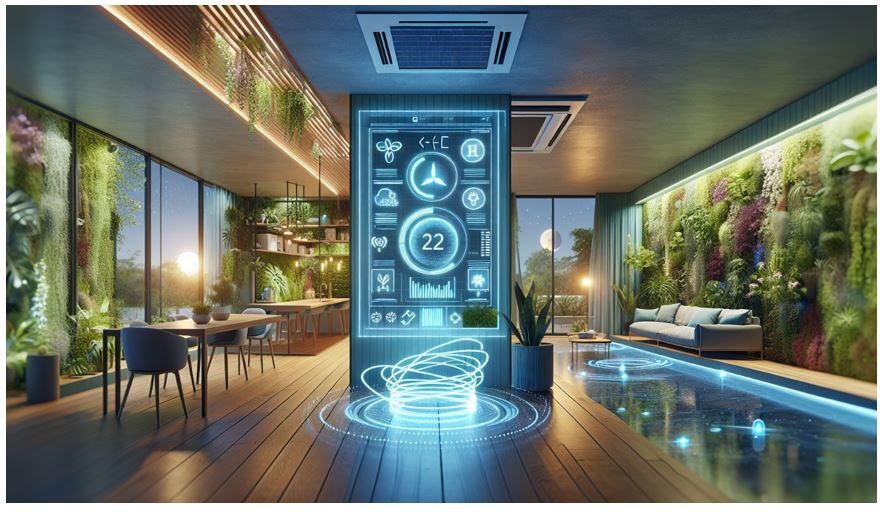Modern industries are changing fast, and two materials are standing out as quiet game-changers: next-generation refrigerants and advanced technical ceramics. Both play vital roles behind the scenes, from powering cooling systems to enabling high-performance manufacturing in aerospace, electronics, and beyond. With regulations tightening and demands for efficiency rising, engineers and product designers are taking a closer look at what goes into the systems we rely on every day.
1. Understanding A2L Refrigerants: The Next Step in Cooling
Cooling technology has come a long way since the early days of chlorofluorocarbons (CFCs). Today, a new class of refrigerants known as A2L is gaining traction. These refrigerants are classified as mildly flammable, with low toxicity and significantly reduced global warming potential (GWP) compared to their predecessors. The “A” stands for low toxicity, and “2L” indicates lower flammability. As part of the growing shift toward low-GWP cooling alternatives, A2Ls represent a step forward in balancing safety, performance, and environmental impact.
Some popular examples of A2L refrigerants include R-32 and R-454B. These blends offer energy-efficient cooling while emitting fewer greenhouse gases. Thanks to their lower flammability characteristics, A2Ls are easier to work with than more hazardous alternatives but still require specialized training for handling. Fun fact: R-32, one of the most common A2Ls, has a GWP nearly 70% lower than R-410A, a refrigerant widely used just a few years ago.
2. Why the Industry is Moving Toward A2L Refrigerants
One of the biggest drivers behind the shift toward A2Ls is environmental regulation. Global agreements are pushing for the reduction of high-GWP refrigerants, and manufacturers are being held to new standards in both production and performance. But it’s not just about compliance – A2L refrigerants also allow for smaller charge sizes, improved system design, and greater long-term efficiency.
Another major benefit? They’re future-ready. Systems built with A2L compatibility in mind are likely to meet regulatory demands for years to come, reducing the need for costly retrofits. It’s about making smart, forward-thinking choices that keep both users and the planet in mind.
Advanced Ceramics: Small Parts, Big Impact
While refrigerants cool our spaces and equipment, advanced ceramics keep high-precision industries running under extreme conditions. These materials aren’t just durable – they’re nearly indestructible under heat, corrosion, and mechanical stress.
3. Where You’ll Find Advanced Ceramics (Hint: Everywhere)
They may not get much attention, but advanced ceramics are used in an impressive variety of sectors. In the aerospace industry, they help build heat shields and engine components that can survive temperatures far beyond what metals can handle. In healthcare, ceramic components are found in medical imaging devices, surgical tools, and even implants. And in electronics, they’re essential to insulating circuits, housing sensors, and stabilizing components exposed to harsh environments – a topic that’s explored in more detail at wundermold.com site.
One interesting example is in semiconductor manufacturing. Ceramics are used to guide and control plasma in wafer production – a process where even the smallest impurities can lead to costly product defects. Ceramics don’t corrode, they don’t conduct electricity, and they don’t degrade under extreme conditions, which makes them ideal for high-stakes precision work.
4. Why Manufacturers Are Choosing Ceramics Over Metal
There’s a reason these materials are steadily replacing traditional metals in more and more applications. For one, they’re lighter. In transportation and defense, cutting weight while maintaining strength is a huge win. They’re also resistant to wear and chemical attack, which reduces downtime and replacement costs in industrial settings.
Ceramics can also be custom-engineered for thermal conductivity, electrical insulation, or magnetic neutrality. This opens up possibilities for innovation that simply aren’t possible with conventional materials. And thanks to new forming technologies, manufacturers can now produce complex ceramic parts with tight tolerances, meaning high performance no longer comes with a design compromise.
A Future Built on Smarter Materials
As global demands shift toward cleaner, safer, and more efficient systems, materials like A2L refrigerants and advanced ceramics are becoming essential tools rather than niche choices. Whether it’s enabling greener cooling systems or enhancing the durability of cutting-edge components, these materials are helping industries adapt to a new era – one where performance, safety, and sustainability can all coexist. And the best part? These innovations are just getting started.


Alright, be7k… Gave it a shot. Smooth sign-up process, and I kinda dig the layout. Still early days, but promising vibes so far! Worth a look-see. be7k